China successfully identified a fragment of a skull that belongs to an ancient human being who lived about 200,000 years ago, scientists from the Chinese Academy of Sciences said, adding that the discovery will significantly contribute to human evolution studies at the renowned Zhoukoudian site.
Researchers from the CAS' Institute of Vertebrate Paleontology and Paleoanthropology said in a statement on Monday that the fragment of a parietal bone was among fossils found at Location 15 of the Zhoukoudian site in suburban Beijing.
Using new technology, including CT scan and 3D reconstructions, researchers at the institute recently identified the fragment among mammal fossils unearthed at the location more than 80 years ago. It has become the first hominin fossil found at Zhoukoudian over the past 50 years that belonged to the Pleistocene Epoch, which lasted from about 2.6 million to 12,000 years ago.
The yellow-brownish fragment's thickness, curvature and size roughly matched those of a skull fossil previously found at Zhoukoudian, scientists said.
Zhoukoudian has been a significant site in paleoanthropology, as it has yielded abundant evidence of ancient hominin activities.
At various parts of the site over the past century, scientists unearthed early human lineage member Homo erectus"Peking Man" which dates back more than 500,000 years, as well as Homo sapiens"Shandingdong Man", identified as primitive modern human, that lived just 30,000 years ago.
Unfortunately, important fossils, including the invaluable Peking Man skulls, were lost during World War II when the Japanese Army invaded China and scientists tried to send the fossils to the United States.
The skulls remain unaccounted for to this day.
All that remain are four fossilized teeth that were found during trial excavations in 1921 and 1923 and are being preserved in Uppsala, Sweden, as well as eight other teeth and a few fragmented limbs, frontal and occipital bones found after the war, the institute said. Scientists can only study those materials that were missing through plaster casts.
For a long time, there was a lack of hominin fossils at Zhoukoudian that belonged to a period between Peking Man and Shandingdong Man. Before the recent discovery, a mere fossilized tooth found at Location 4 was the only fossil that had been dated to this period of time.
Discovered in 1932, a systematic excavation at Location 15 between 1934 and 1937 unearthed many stone tools and fossils of various mammals that date back some 200,000 years.
The hominin parietal bone fragment fossil found at Location 15 will greatly contribute to research on human evolution in the area through comparative anatomy and molecular biology, the institute said, adding that the discovery provides an essential sample for the study of ancient hominin in China.


















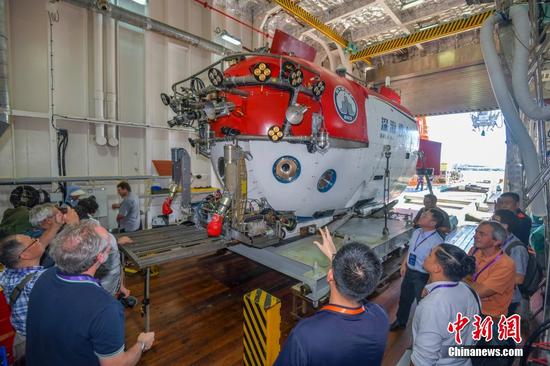


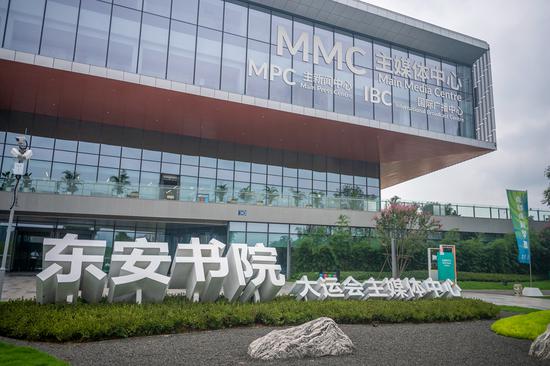
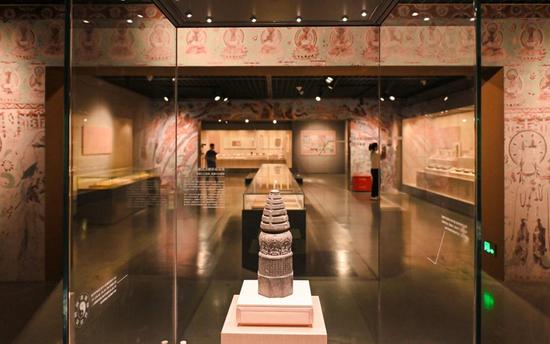



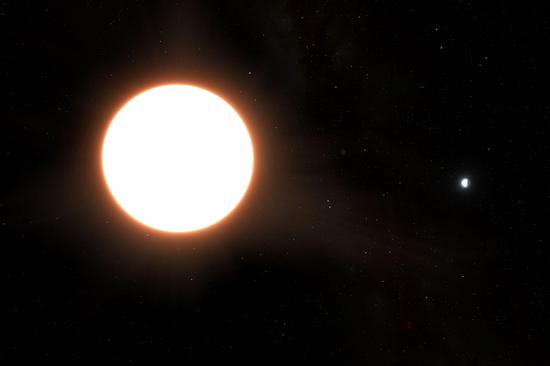


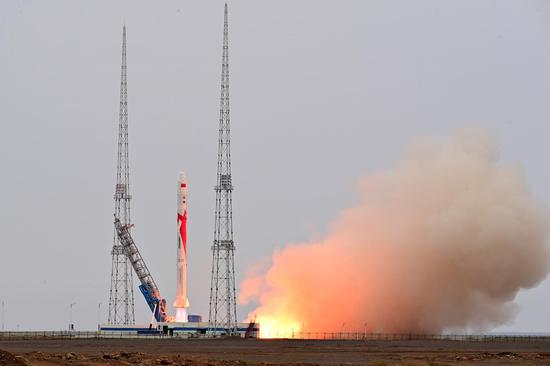












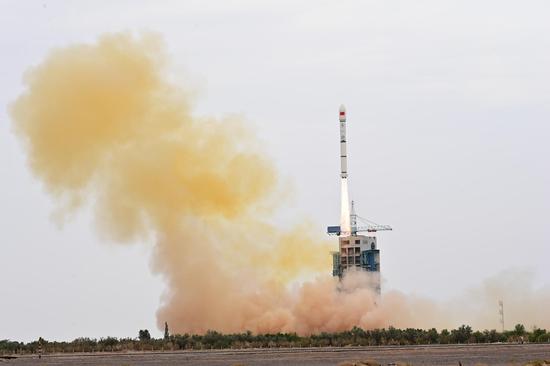







 京公网安备 11010202009201号
京公网安备 11010202009201号